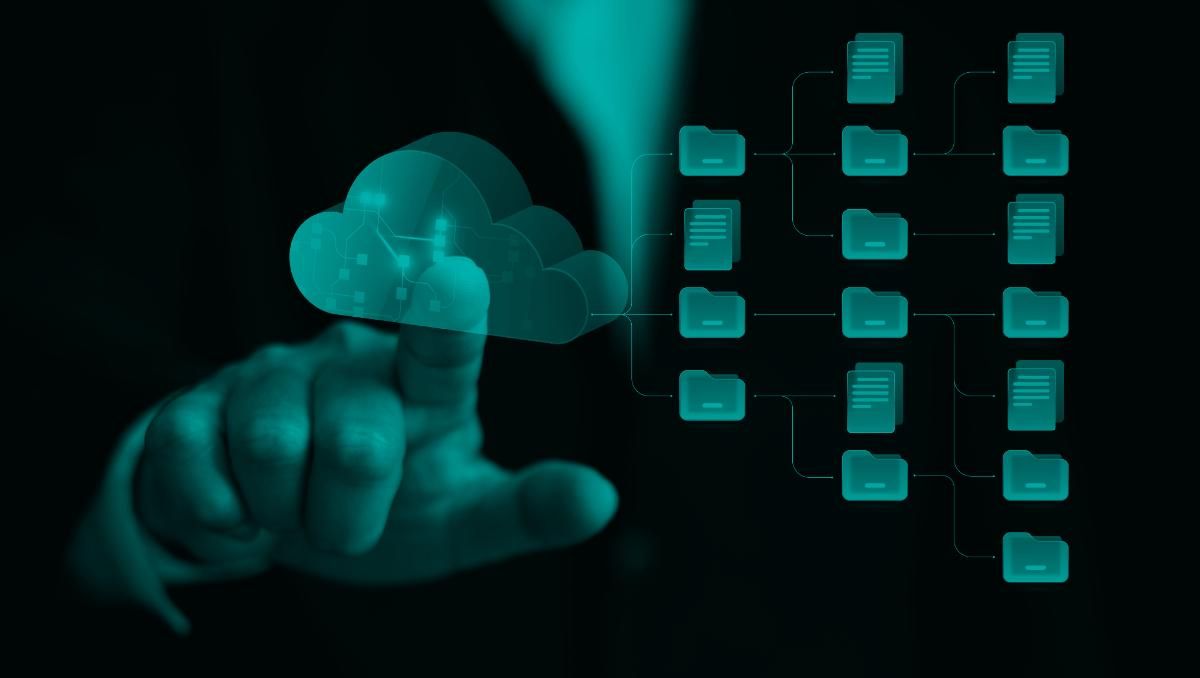
AI, Automation, and Advanced Reporting: Redefining How Data Moves
Technology as we know it today, is ever-changing, and the software solutions designed to move the most sensitive data for organizations, and their trading partners, are also rapidly evolving.
“The need for compliant, automated, and secure file transfers continues to grow as more information is exchanged than ever before,” notes Chris Bailey, Principal Product Manager, Fortra MFT. “Robust Managed File Transfer (MFT) solutions have long been the backbone of these secure data exchanges, but in looking ahead to 2026 and beyond, we’re seeing this technology evolving, primarily driven by rapid advances in AI, analytics, and in the rise of cloud computing.”
Baily adds, “The days of organizations being satisfied with simple point-to-point file transfers are gone. Today’s IT leaders expect MFT solutions to deliver more. More intelligence, visibility, and scalability across hybrid environments.”
Here are five key trends shaping how MFT is helping organizations operate more efficiently and securely today and into 2026.
1. AI-Powered Automation and Predictive Workflows
Automation has always been central to comprehensive file transfer solutions like MFT, but AI is pushing this functionality higher. Forward-thinking organizations are already using AI and machine learning to anticipate and address operational issues as well as to optimize file transfer schedules and enhance reliability.
In late 2026, AI development in GoAnywhere MFT will focus on Project Assistance and log analysis. AI will scan the workflow definitions and suggest ways to optimize them, but the admin will still need to accept those recommendations.
In addition, AI will be implemented to analyze historical transfer logs and provide suggestions to improve bandwidth and/or performance, but again, it won’t automatically be implemented. HITL (Human-in-the-loop) decisions will still be required, with the goal of having A Imake recommendations, but for customers critical workflows to follow the HITL concept.
Both features enable users to build intelligent, condition-based processes with fewer risks and improved efficiency.
“Built-in capabilities in dynamic MFT solutions will simply continue to develop as smarter, faster, and resilient features to keep files moving in a way that smooths business operations,” added Bailey.
2. Real-Time Visibility and Advanced Reporting for Better Decision-Making
Visibility is key in the age of big data. Understanding how, where and why files are moving is essential to realizing the possibilities of modern MF T. “The expectations are set higher for today’s MFT platforms, especially for enterprise operations, to provide real-time monitoring, comprehensive reporting, and insights to help make better decisions,” noted Bailey.
Real-time dashboards and detailed audit logs can empower IT teams to see exactly what’s happening across every file transfer (also essential for meeting complex compliance requirements around file movements). These advanced reporting tools can provide the instant visibility needed for throughput, capacity, SLA adherence, and transfer health.
Enterprise-level transparency helps support smarter, more informed decision-making and more efficient operations, especially when organizations need to manage high volumes of sensitive data across multiple business units or geographic regions.
3. Unified Security and Compliance Management
With global data privacy regulations tightening, MFT platforms are evolving into enforcement arms around security and compliance. Organizations still assembling a mix-and-match assortment of disconnected tools for authentication, encryption, and data loss prevention can quickly lose ground.
GoAnywhere MFT centralizes these capabilities into one secure environment. It supports:
- FIPS 140-3 validated encryption for data in motion and at rest
- Role-based access control to restrict data visibility
- Compliance requirements for HIPAA, PCI DSS, GDPR, and more
By combining encryption, automation, and auditing, organizations can help reduce their compliance overhead and simultaneously stand up a consistent security posture across every data exchange.
4. Cloud-Ready Flexibility and Hybrid Deployments
Cloud-native and flexible or hybrid deployment options are also “on-trend” for MFT solutions. Organizations modernizing how their data moves want to do so without sacrificing their compliance or control needs.
Solutions such as GoAnywhere offers flexible deployment options. Whether deploying on-premises, in the cloud or in a hybrid environment, adaptable solutions can meet specific infrastructure needs, enabling enterprises to scale globally and support remote operations.
Lean IT teams or teams prioritizing other strategies may benefit from deploying a fully managed solution, such as GoAnywhere’s MFTaaS (Managed File Transfer as a Service). This option delivers all the benefits of secure file transfer without the complexity of maintaining hardware or performing software updates—ideal for IT teams focused on agility and modernization.
5. API Integration and Interoperability
As stated earlier, MFT platforms have moved beyond basic file movement and are expected to seamlessly connect with ERP, CRM, SIEM, and other cloud-based applications to create a unified data exchange network.
Modern MFT boasts interoperability with robust REST APIs and support for SFTP, FTPS, HTTPS, and AS2 to ease integration with an organization’s existing enterprise systems and workflows. By simplifying automation between disparate business processes, improving data consistency, and eliminating the need for manual file handling, error risks go down, and efficiency goes up.
MFT solutions that address an API focused work environment can play a key role in ensuring that data flows securely between internal systems and external partners without friction or risk.
The Future of Intelligent File Transfer
MFT as a technical solution has been around for some time now, with some solutions nearing their End-of-Life term. The next generation of MFT, however, is set to deliver more than secure file exchanges. It’s looking forward to enabling more intelligence around data-driven operations.
“Those organizations that adopt and lean into these emerging trends of AI automation, real-time analytics, compliance-ready security, hybrid flexibility, and API integration will be best positioned to protect their data and stay ahead of operational challenges,” said Bailey.
Ready to Modernize Your MFT Strategy?
Whether you’re scaling globally, automating complex workflows, or strengthening your security posture, GoAnywhere MFT helps you move data securely, efficiently, and intelligently.
See how GoAnywhere MFT can simplify and secure your organization’s file transfers in 2026 and beyond.
